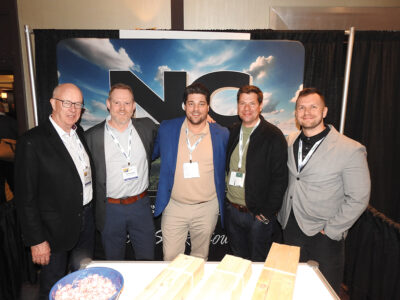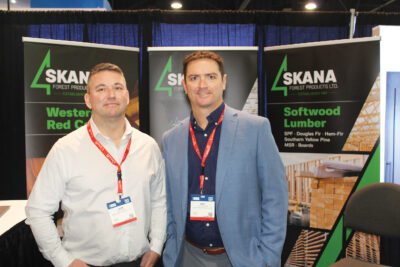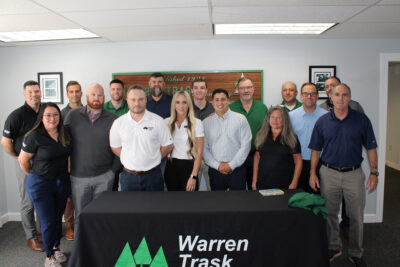As the American Wood Council (AWC) moves into its second decade, it continues to be uniquely positioned to advocate for the wood products industry on the front lines of codes and standards development and legislative and regulatory policymaking. What is new today, however, is that the industry sits at an important inflection point, with tremendous opportunities to expand through tall mass timber construction and an emerging carbon-conscious built environment. There are no guarantees for success, however, and future opportunities for wood products in these areas will hinge on AWC and our partner organization’s vigilance in ensuring that our sector is consistently providing a strong, strategic, and well-coordinated voice. It is with this in mind that AWC’s Board of Directors crafted the next five-year strategic plan to direct our work on behalf of the industry.
There is no question that AWC’s traditional codes, standards, education, and fire service engagement remains at the core of AWC’s mission, and these efforts continue under the 2022-2027 Strategic Plan. Our leadership position in these areas will be particularly critical in supporting tall mass timber adoption across the country.
To be successful, AWC will have to make significant proactive effort to educate and encourage jurisdictions to move expeditiously, and these efforts have already begun. There is, however, much more required to reach national adoption. Building officials new to these provisions require education and support to help them understand the new provisions and ultimately approve new mass timber construction. AWC’s proactive efforts in this area must be paired with equally forceful defense of tall mass timber and general wood construction in state and local legislative arenas. Competing materials are aggressively using resiliency and fire risk to prevent wood from taking market share, and AWC must engage strongly to provide compelling technical and public policy arguments to defeat these efforts.
AWC must also play a lead role on behalf of the industry in defining how wood products are treated in climate and carbon policy for the built environment. A number of environmental groups take the position that trees should stay in the forest to best address a changing climate, and AWC must forcefully push back with its allies to support working forests as the real carbon sequestration opportunity. Competing materials are also jockeying to set the rules of the carbon accounting game to favor their products, creating perverse outcomes that ultimately do not lead to meaningful carbon reductions.
The wood products industry stands to gain significantly if the rules for carbon accounting and building life cycle assessment are accurate. AWC is well-positioned to lead the effort on how wood products are treated under emerging carbon-related legislative and regulatory mandates, as well as voluntary markets. There is no question that market access in the future will be conditioned on how well wood products fare under the rules that will be set for “climate-smart” buildings. AWC must lead the effort to engage with the public and private sector groups developing carbon accounting, procurement and building certification regimes to ensure wood products rightful place as the most sustainable building material.
AWC staff will be working hard over the next five years, and beyond, to implement this robust Plan and continue to ensure wood products are properly recognized in building codes and standards, while also providing strong advocacy support to protect the industry from overreaching federal environmental regulations under the current Administration and beyond. AWC will also be expanding our staff to support the newer initiatives related to securing national adoption of the tall mass timber code provisions and ensuring the rules of the game for carbon accounting properly credit all of the benefits that wood products provide. These benefits are truly noteworthy and encompass not only remarkable carbon reduction and storage, but also numerous ecosystem services and critical job opportunities across rural America. It is a truly exciting time, and AWC is ready to take up the mantle and help lead the industry in this new era of opportunity under our new Strategic Plan.
To learn more about the American Wood Council, visit www.awc.org.
Jackson Morrill is the President and CEO of the American Wood Council.









